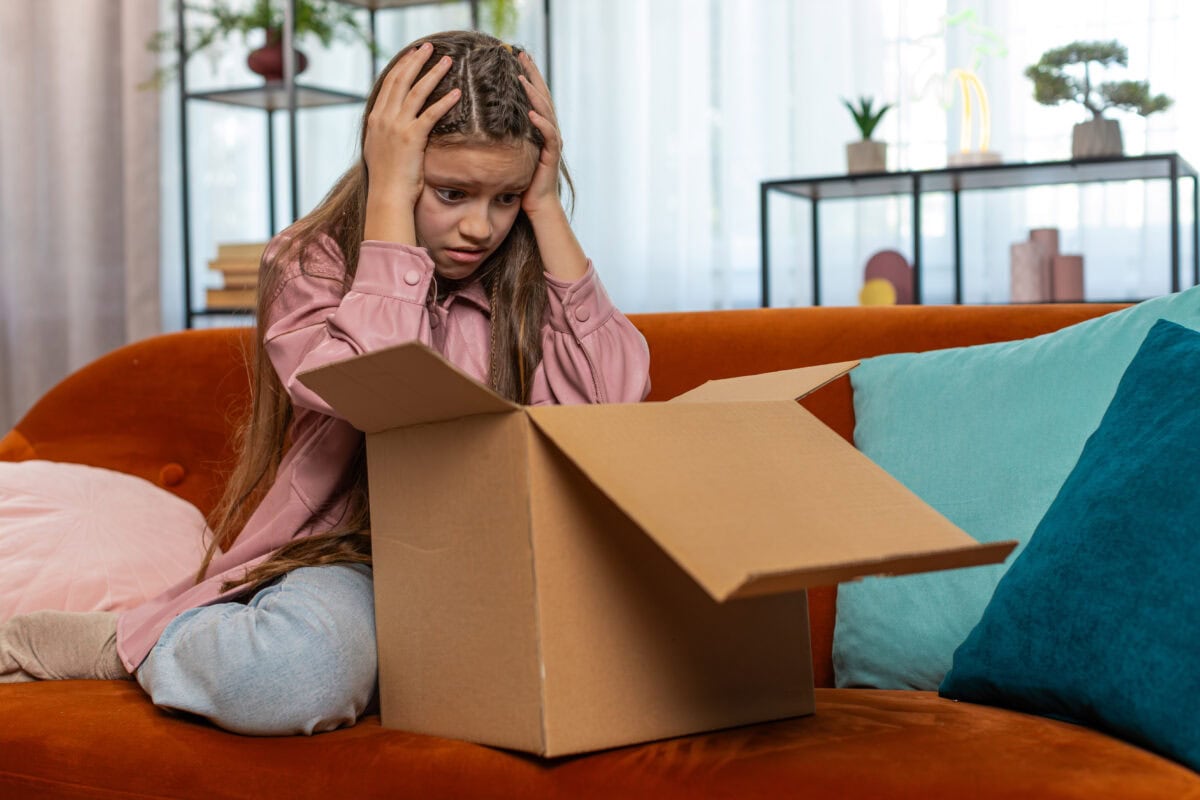We regret the outcome of today’s vote in the European Parliament’s Environment Committee (ENVI). While no doubt well-intended, several of the amendments voted through will make it impossible for reputable toymakers to place safe toys on the market. Perfectly safe balloons, colouring pencils and sturdy trampolines are in danger of disappearing.
The result of the ENVI vote:
- introduces unrealistically low nitrosamine limits that will make it impossible to produce latex balloons. Reputable manufacturers already follow EN 71.12 standard which sets a scientifically proven safe limit. Nitrosamines are not added to balloons, they are an unavoidable by-product.
- will make it extremely difficult to maintain the current exemption for the safe presence of nickel. Nickel is present in stainless steel, which is needed for outdoor toys such as trampolines, go-carts etc. No alternative material matches stainless steel’s durability and safety standards for toys.
- will require an undetectable level for elements naturally occurring in nature. For toys like crayons, poster paint, finger paint, clay, and corn pellets – all dependent on natural elements in their composition – it will be impossible to guarantee an undetectable level.
These restrictions will not make toys any safer and will instead punish responsible toy makers that prioritise safety. Rather, they will benefit rogue traders who usually operate online and are the main source of unsafe toys on the EU market.
Reputable toymakers are ready to invest in any new rules that genuinely enhance safety. Rules on chemicals in toys that do not add to safety but are motivated by environmental sustainability should not be toy-specific. Toys are already covered by horizontal environmental pieces of legislation. It is through these legislative initiatives that the environmental sustainability of a product should be determined – including toys.
Toymakers will also need enough time to be able to comply with the new rules. The current 30-month transition period will not be enough as we need to wait for the appropriate standards and possible exemptions for certain materials to be finalised. The one-year sell-through period for safe toys compliant with the current rules is also not realistic. Many toys remain on shop shelves for much longer and it makes no sense to have to destroy them.
The new Toy Safety Regulation was undoubtedly written with the best intentions. But it needs crucial adjustments to avoid impacting safety-committed toymakers and depriving children of cherished toys. We are calling on all three EU institutions to correct this.



